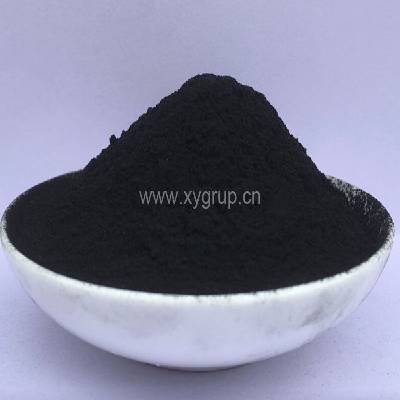Activated Carbon is a specially treated carbon with numerous small pores and a huge surface area. The surface area per gram of activated carbon is 500-1500 square meters. Activated carbon has strong physical adsorption and chemical adsorption functions, and also has detoxification effects. The detoxification effect is to use its huge area to adsorb the poison in the air of activated carbon, thereby preventing the absorption of the poison. At the same time, activated carbon can combine with a variety of chemical substances to prevent the absorption of these substances.
Classification of Dates Activated Carbon. Known from Activated Carbon Manufacturer, there are many types of activated carbon used in production. Generally made into powder or granular. Powdered activated carbon has strong adsorption capacity, easy preparation and low price, but it is difficult to regenerate and generally cannot be reused. Granular activated carbon is more expensive to deliver, but it can be used repeatedly after regeneration, and the working conditions during use are better, and the operation and management are convenient. Therefore, granular activated carbon is often used in water treatment.
Activated carbon adsorption. Activated carbon adsorption refers to the use of the solid surface of activated carbon to adsorb one or more substances in water to achieve the purpose of purifying water.

Powder Activated Carbons
Factors affecting the adsorption of activated carbon. Adsorption capacity and adsorption speed are the main indicators to measure the adsorption process, and the size of the adsorption capacity is measured by the amount of adsorption. The adsorption speed refers to the massless adsorbent per unit weight of adsorbent per unit time. In water treatment, the adsorption speed determines the time the sewage needs to contact the adsorbent. The adsorption capacity of activated carbon is related to the pore size and structure of activated carbon. Generally speaking, the smaller the particles, the faster the pore diffusion rate, and the stronger the adsorption capacity of activated carbon. The pH and temperature of sewage also affect the adsorption of activated carbon. Activated carbon generally has a higher adsorption capacity under acidic conditions than under alkaline conditions. The adsorption reaction is usually exothermic, so low temperature is beneficial to the adsorption reaction.
Of course, the adsorption capacity of activated carbon is related to the concentration of sewage. At a certain temperature, the adsorption capacity of activated carbon increases with the increase in the equilibrium concentration of adsorbed substances.
The application of activated carbon in sewage treatment. Because activated carbon has high requirements for water pretreatment, and the price of activated carbon is expensive, in wastewater treatment, activated carbon is mainly used to remove trace pollutants in wastewater, which has achieved the purpose of deep purification.
Recently, it has been discovered that activated carbon not only has adsorption properties, but also exhibits catalytic properties. The catalytic oxidation method developed from this has attracted more and more attention and its research has also been deepened. In order to improve the treatment efficiency, starting from the study of the catalytic oxidation mechanism, the surface structure of activated carbon is changed, the capacity of activated carbon is improved, and the ideal adsorbent is searched for.
Previous: Palisade
Copyright:@2020-2021
Comments Please sign in or sign up to post.
0
0 of 500 characters used